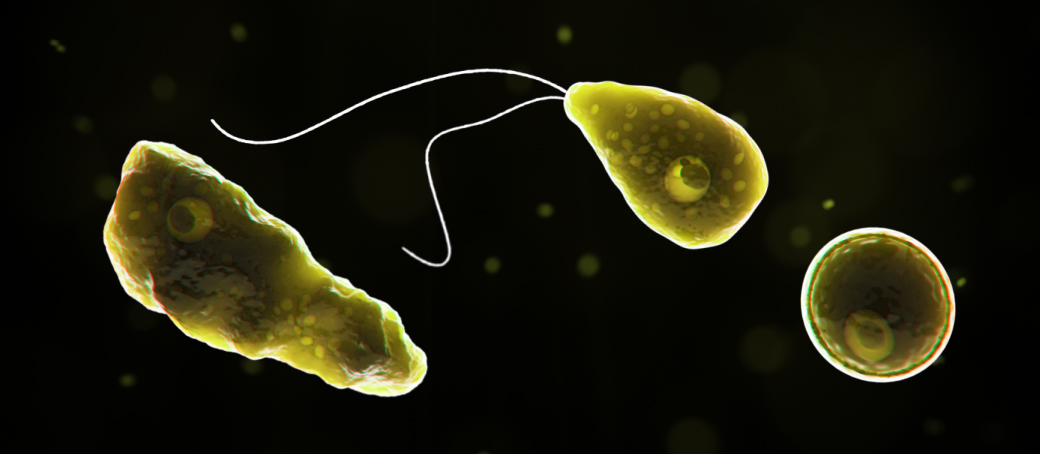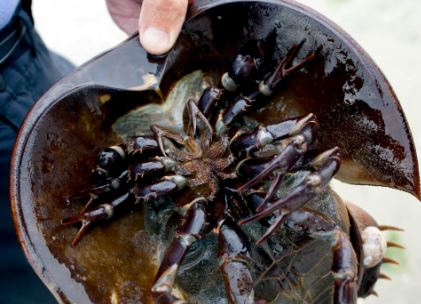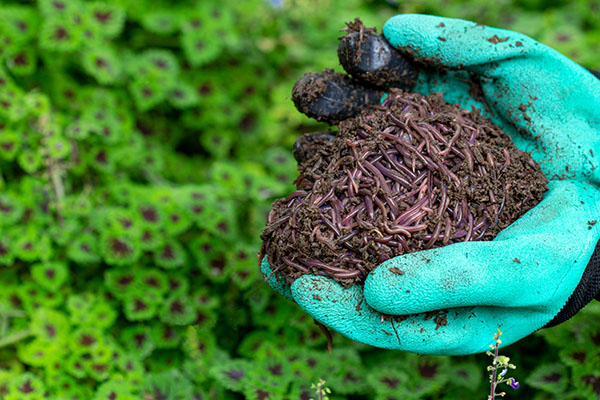
In Texas, flood waters are receding, but like Florida, damage was extensive and it will take years before things are back to normal.
In the meantime, says one medical expert, residents of both storm-ravaged states will have another potentially deadly problem to deal with: A type of bacteria that can destroy the brain.
As reported by Dr. Manny Alvarez at Fox News, while the media and most Americans were rightly focused on rescue and recovery operations initially, the threat from a rare brain-devouring bacteria is long-term and not readily seen:
Hurricanes can have unforeseen impacts on cities’ water supplies, increasing the risk of contamination with harmful bacteria from local water sources and the soil. The southern United States, which offers warm weather almost year-round, is particularly vulnerable to heat-loving microorganisms like the brain-eating amoeba Naegleria fowleri.
Alvarez notes that viruses and bacteria comprise the lion’s share of infections in human beings. That said, the Naegleria fowleri has a particular affinity for brain tissue, and while infection rates are extremely rare, the risks are generally higher following storms.
In addition, despite their rarity, Naegleria fowleri has an extremely high death rate. Of the 143 documented cases in the U.S., only four people have survived. “And experts are concerned that Hurricane Katrina may be partially to blame for the three documented cases in Louisiana since 2005,” Alvarez writes.
As noted by the Centers for Disease Control and Prevention, Naegleria fowleri is a “free-living microscopic amoeba” that causes a condition known as primary amoebic meningoencephalitis, or PAM. The organism “is commonly found in warm freshwater” such as rivers, hot springs, and lakes as well as the soil. People are most often infected when contaminated water enters the body via the nasal cavity.
“Infection typically occurs when people go swimming or diving in warm freshwater places, like lakes and rivers,” the CDC said. “You cannot get infected from swallowing water contaminated with Naegleria.”
Alvarez notes that damage to water treatment systems from storms increases the risk of soil-borne contamination. Also, as people flee storm-ravaged areas, there is far less demand on the water system so it can stagnate in pipes and thus increase the potential for becoming tainted with the bacteria. Water sitting in pipes in summer heat can see chemicals used to kill microorganisms evaporate quickly, allowing parasites like Naegleria to proliferate.
What’s more, Alvarez says, Florida and Texas are already tied for the most cases; damage from both hurricanes could now put area residents at even greater risk, making it vital that they know and recognize the signs of infection, as well as how to keep themselves safe. (Related: A nightmare scenario is developing for millions in the wake of powerful hurricanes as unprepared survivors run out of food and water.)
He says when the amoeba enters the nose they work their way towards the olfactory nerve and then into the brain. Your body will quickly recognize that it is being invaded and activate an immune, inflammatory response. Alvarez says that “symptoms are similar to those of bacterial meningitis and can be difficult to diagnose,” but accuracy is key in diagnoses because antibiotics are not an effective PAM treatment. Most commonly, the disease process begins with fever, nausea, headache, and vomiting; it then progresses to hallucinations and seizures, followed by coma.
The difficulty in correctly diagnosing PAM is evidenced by the fact that, according to the CDC, correct diagnoses in three-out-of-four cases is only made via autopsy.
How to remain protected: Use a nose clip if you need to swim in potentially contaminated water; avoid swimming in lakes, hot springs, or unchlorinated water; run shower and sink taps for five-to-ten minutes after returning to your home, to flush the pipes. You may even consider boiling your water for a couple days.
J.D. Heyes is a senior writer for NaturalNews.com and NewsTarget.com, as well as editor of The National Sentinel.
Sources include:
Please contact us for more information.























